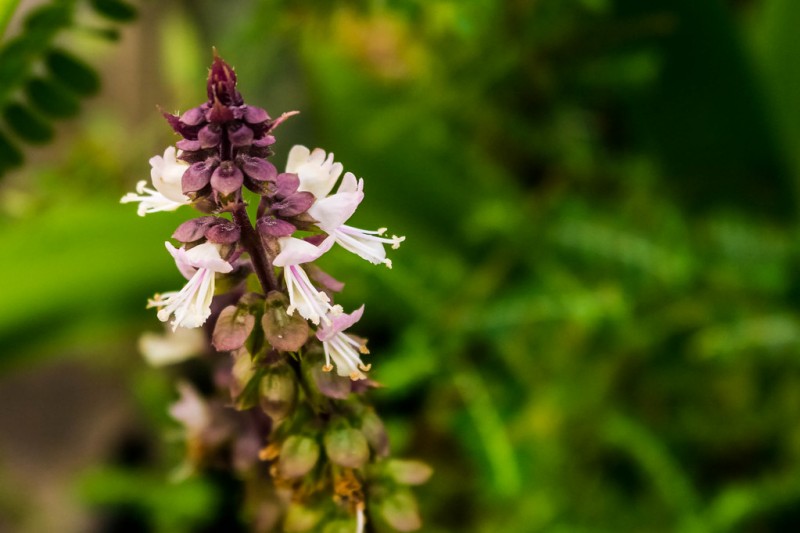Tulsi, also known as Holy Basil, is a revered herb in many cultures due to its spiritual significance and numerous health benefits. Growing Tulsi at home is not only a rewarding experience but also allows you to harness its therapeutic properties right from your garden. In this article, we'll guide you through the step-by-step process of cultivating Tulsi and nurturing it into full bloom.
Choosing the Right Variety
- Select the appropriate Tulsi variety based on your region's climate and your preferences.
- Common types include Krishna Tulsi, Rama Tulsi, and Vana Tulsi, each with unique characteristics.
Selecting a Planting Spot
- Find a location that receives ample sunlight, preferably 6 to 8 hours a day.
- Ensure well-draining soil to prevent waterlogging and root rot.
Preparing the Soil
- Loosen the soil and remove debris to create a suitable planting bed.
- Incorporate organic matter like compost to enrich the soil with nutrients.
Planting Tulsi Seeds
- Sow Tulsi seeds directly in the soil or start them indoors in pots.
- Plant seeds at a shallow depth and cover them lightly with soil.
Providing Adequate Water
- Water the newly planted seeds gently to keep the soil consistently moist.
- Avoid over-watering, as Tulsi doesn't tolerate waterlogged conditions.
Nurturing the Seedlings
- Once the seedlings sprout, thin them to allow proper spacing for growth.
- Provide a balanced liquid fertilizer to encourage healthy development.
Pruning for Bushier Growth
- Pinch off the top growth when the plant has 4 to 6 sets of leaves.
- This promotes branching and results in a fuller, bushier Tulsi plant.
Managing Pests Naturally
- Keep an eye out for common pests like aphids and caterpillars.
- Use neem oil spray or introduce beneficial insects to control pest populations.
Harvesting Tulsi
- Begin harvesting once the plant reaches a height of 12 to 18 inches.
- Regular harvesting promotes new growth and ensures the plant's vitality.
Propagating Tulsi
- Grow more Tulsi plants from cuttings to expand your garden.
- Take cuttings from healthy branches and root them in water or soil.
Overwintering Tulsi
- In colder climates, bring potted Tulsi indoors before the first frost.
- Place it in a sunny spot and reduce watering during the dormant period.
Enjoying Tulsi's Benefits
- Use fresh Tulsi leaves in teas, infusions, or culinary dishes.
- Harness Tulsi's medicinal properties, including stress relief and immune support.
Growing Tulsi at home is a delightful journey that offers both physical and spiritual rewards. From selecting the right variety to nurturing its growth, each step contributes to the flourishing of this sacred herb in your own space. By following these guidelines, you can experience the joy of watching Tulsi bloom while reaping its numerous benefits.
Seven Plants That Increase Fertility
Migraines: More Than Just Headaches – A Window to Your Heart Health
Yoga Poses for Thyroid Health A Natural Approach
